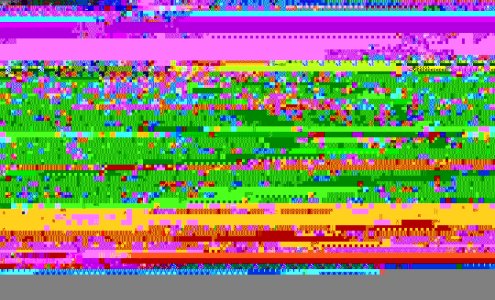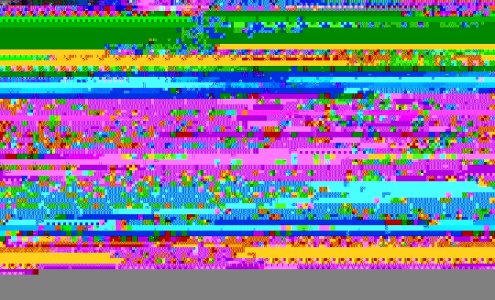Oh yeah - I forgot to post this one. It's bit me in the backside more than a few times!
The average, rms, max, min, etc. cover the entire reported interval. If you don't use a delay, then it includes the initial start transient. A ramp from 0 to 500 volts is an average of 250 volts. You have to use the "after an initial delay of..." if you want to know where the voltages etc. end up.
By the way, there's another hidden time bomb. If you use a constant current load instead of a resistor, it offers the option of changing the current after a delay time. Very good for approximating tube warmup - but in my experience this gets introduced without your asking for it, at seemingly random times. If it looks weird, re-check the current load specs!
Oh yeah, here's another one. The transformer is described by its UNLOADED voltage plus its DC resistance. Transformers are rated by their LOADED voltage, after the resistance has dropped the voltage due to the entire rated current. The difference is usually at least 5% - so if you use a generously over-rated transformer the voltage will be at least 5% higher than the rated voltage. Plus, most transformers today are still rated for 115 volts input, and most houses have 120 to 125 volts. There's another 5% to 10%. So a transformer rated 375v may have an unloaded voltage of as much as 430 volts. And by the way, the resistance is the secondary resistance PLUS the primary resistance multiplied by the turns ratio squared. There's a calculator hidden in PSUD, but a lot of people aren't aware they need to find it and use it. Bottom line, you need to buy the transformer, measure the heck out of it, and do some calculations before you can actually put it in PSUD and expect realistic results. You can't just use the specs in the catalog. Serious pain in the aforementioned backside.
It's a really cool simulator and very useful, but it does have a lot of traps for the unwary! You know how, in house painting, the surface preparation takes more time than the actual painting? Same thing with PSUD - getting all the numbers and getting them into the program without triggering any hidden "features" takes more time than using it to get useful results.




